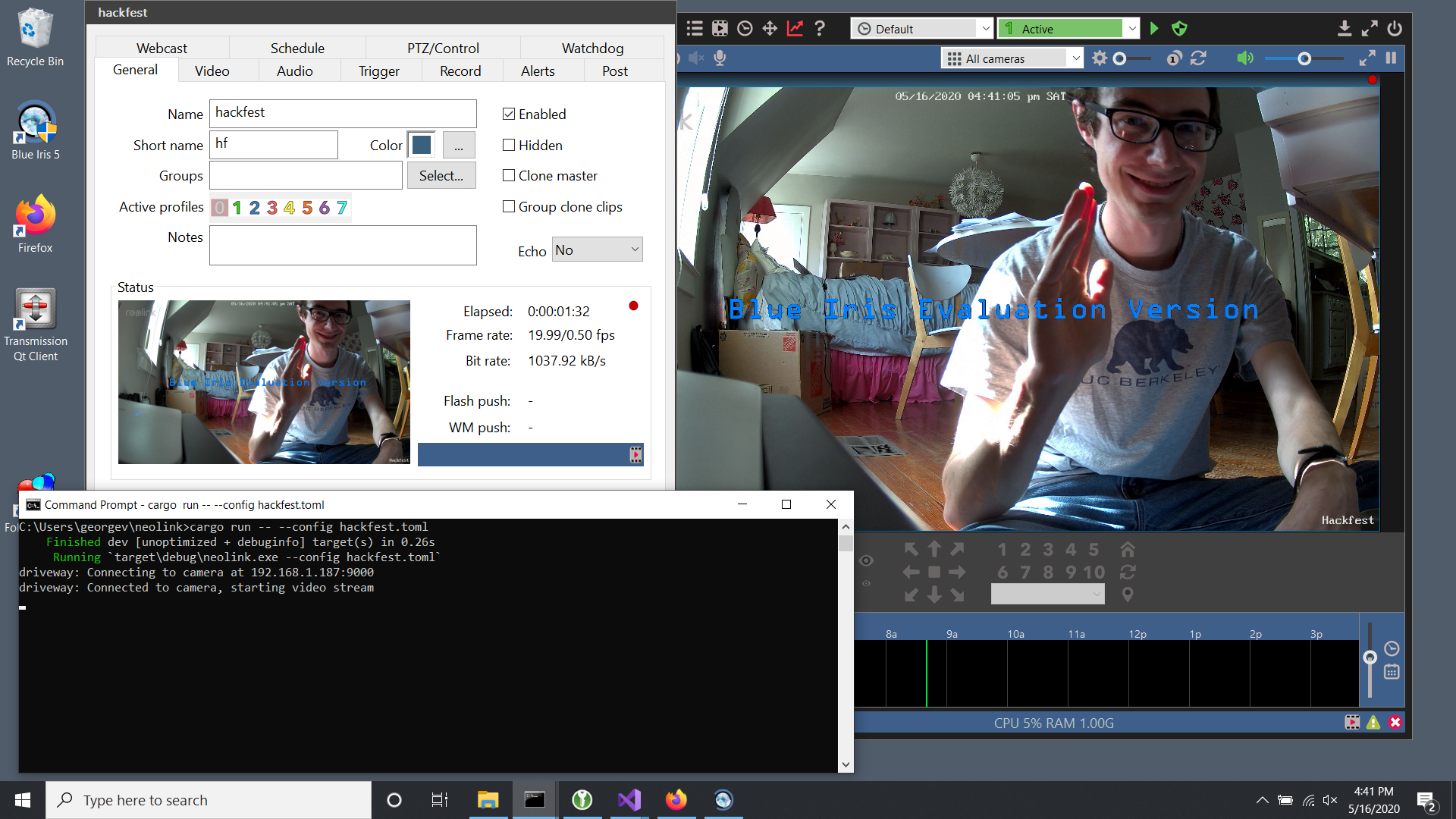
If Blue Iris doesn't have the paths you need built-in, you may need to search the web for the RTSP URLs for your camera brand.
#BLUE IRIS SETUP HOW TO#
How to configure a sub stream in Blue Irisįirst, make sure you have enabled direct-to-disc for the camera, otherwise the sub stream won't be used. These options are usually called "Smart Codec" or "H.264+" or "H.265+" (note the "+" sign), and they should be disabled.

In all cases, I recommend the i-frame interval be between one and two times the frame rate, where the exact value you choose is a balance that suits your individual needs.Ĭertain advanced video encoding options prevent a short i-frame interval and should not be used with Blue Iris for compatibility reasons. How much this actually matters is difficult to judge. Higher i-frame intervals yield better compression. Shorter i-frame intervals yield worse compression (lower quality and/or higher file size).Shorter i-frame intervals on both streams (main and sub) allow Blue Iris to begin direct-to-disc recording sooner after recording is triggered, so you require less pre-trigger video buffer in Blue Iris camera properties > Record tab.A short i-frame interval on the main stream will help the main stream load faster when you maximize a camera.If you wish to tweak the i-frame interval, you should first know these facts: The main stream and sub stream should have the same frame rate and i-frame interval.īlue Iris will still work if you ignore the above recommendations, but you may have more problems.The i-frame interval should be not higher than double the frame rate (if improved compression efficiency is required).The i-frame interval should be equal to the frame rate (for best responsiveness and stability).I-Frame Interval (keyframe interval or "GOP").Just make sure the main and sub streams have the same frame rate. Because sub streams are so efficient, it is often okay to ignore past advice about limiting frame rates to 15 FPS. Blue Iris's frame pipeline is driven by the sub stream, so a slow sub stream will cause the main stream to be slow as well.

The Blue Iris developer has indicated that for best reliability, sub stream frame rate should be equal to the main stream frame rate. Some cameras offer HD sub streams, but using a high-definition sub stream would largely defeat the purpose. Don't worry about the aspect ratio being wrong Blue Iris should detect and correct this automatically. A "D1" resolution like 704x480 or 720x576 is available on most cameras and this is recommended for most users. The most important part of configuring a sub stream is to choose a fairly low resolution. How to configure a sub stream in the camera's web interface The sub stream is used for everything else:
#BLUE IRIS SETUP FULL#
The full quality main stream is still recorded and available when you need it. Sub streams typically reduce CPU usage by 5x to 20x and make a struggling system run great. Why use sub streams if they are lower quality? Sub streams are smaller (lower resolution and bit rate) and easier to process than main streams. What is a sub stream?Ī sub stream is a secondary video stream provided by your IP camera. Substantial improvements have been made since the feature was first introduced, so you should start with the latest version of Blue Iris. As such, this can bring older systems, as well as non-intel CPUs into play as Quick Sync/Hardware Acceleration isn't a requirement now.

Introductionīlue Iris is able to take advantage of sub streams to greatly reduce processing requirements starting with version 5.2.7 (May 1, 2020). The not-quite-comprehensive guide to using sub streams in Blue Iris.


 0 kommentar(er)
0 kommentar(er)
